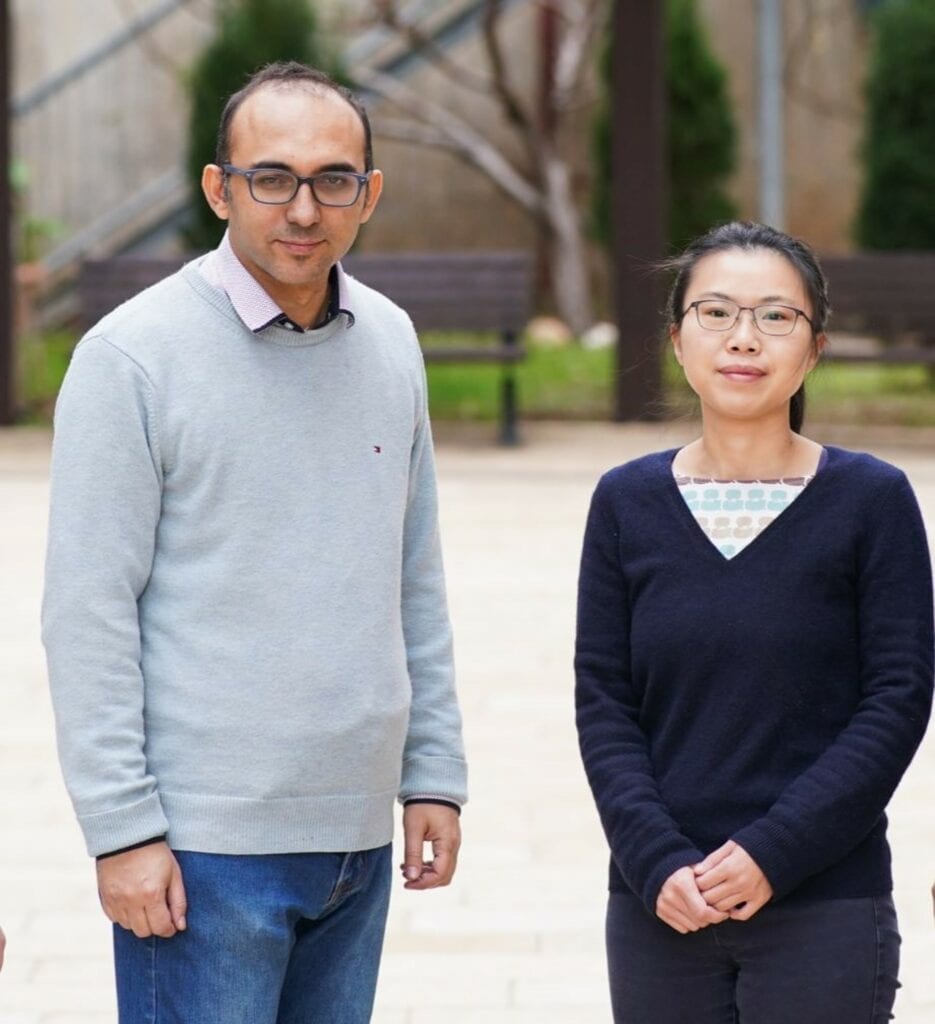Scientists at the Faculty of Biomedical Engineering at the Technion-Israel Institute of Technology in Haifa have made a breakthrough by achieving recognition of specific geometric patterns – for example, letters – by engineered microbe colonies imitating an artificial neural network.
Geometric patterns are a proof of concept of what biological circuits acting as an artificial neural network can do. In the future, their achievement could lead to the monitoring of toxins by bioengineered systems, better cancer diagnosis and tissue regeneration. It could even lead to the building of biological computers with microbes instead of silicon chips.
This “synthetic biology,” imitating electronics in biological systems, has come a full circle, creating a kind of artificial neural network – inspired by the human brain – which is itself a biological system.
Complex biological systems in nature are made up of cells that act collectively to solve sophisticated tasks. Synthetic biological systems, in contrast, are designed for specific tasks, following computational principles including logic gates and analog design. Yet such approaches cannot be easily adapted for multiple tasks in biological contexts.
Living systems, the team wrote, are constantly engaged in computational processes such as signal detection, processing and decision-making to perform complicated tasks. For example, in the adaptive immune system of vertebrates the invasion of pathogens triggers a series of actions from multiple cell types to protect the organisms. The computational properties of biological systems can emerge from coordinative and collective interactions among basic components, which can be neurons interacting with other cells in the brain, bacteria communicating with others or receptors participating in signaling pathways.
In contrast to natural living systems, synthetic bio circuits excel at only a narrow range of human-defined computations. One reason is that they are designed following principles from computer engineering, represented by implementations such as toggle switches, oscillators, memory devices and state machines.
The scientists’ method relies on a modification of the way communication occurs within microbe colonies in nature. The study, led by Dr. Ximing Li and Assistant Prof. Ramez Daniel, was published in the prestigious journal Nature Communications under the title “Synthetic neural-like computing in microbial consortia for pattern recognition.”
Daniel started working on biological computing during his postdoctoral fellowship at the Massachusetts Institute of Technology (MIT), initially on analog computation. Biological circuits acting as an artificial neural network are a novel development and a conceptual advancement in the same field. It was made possible with the assistance of Associate Prof. Netanel Korin, also from the Technion Faculty of Biomedical Engineering. Li, a postdoctoral fellow in Daniel’s lab, earned her doctorate in computational neuroscience at the University of Ohio.
The interest of Prof. Daniel’s lab lies in synthetic biology, specifically in generating biological circuits, in essence combining the principles of biology and electronics. Like electronic switches that can be turned on and off, cells are engineered to “turn on” and perform a function, for example fluorescence, in response to a particular stimulus. Using this technique, the group has already engineered biological sensors that recognise the presence of arsenic and other poisons in water, or the presence of blood in urine.
But cells are capable of more complex functions than a simple yes/no switch. Microbial colonies in nature are capable of communication within the colony. For example, they may respond differently when they are alone and when there are many of them together.
This phenomenon, called “quorum sensing,” is also at play for example when our immune system mobilizes against an infection – information is passed regarding what the pathogen is, how much of a response is required, and more. One cell alone might be “dumb,” but the colony is “smart.” It is this phenomenon that Prof. Daniel’s group utilized in order to increase the algorithmic complexity of the task by a factor, and, for the first time, generate a biological circuit acting as an artificial neural network, capable of performing the relatively complex task of pattern recognition. Its building blocks: engineered E. coli bacteria.
Prof. Daniel started working on biological computing during his postdoctoral fellowship at the Massachusetts Institute of Technology (MIT), initially on analog computation. Biological circuits acting as an artificial neural network are a novel development and a conceptual advancement in the same field. It was made possible with the assistance of Associate Professor Netanel Korin, also from the Technion Faculty of Biomedical Engineering. Dr. Li is a postdoctoral fellow in Prof. Daniel’s laboratory. She completed her Ph.D. in computational neuroscience at the University of Ohio.




